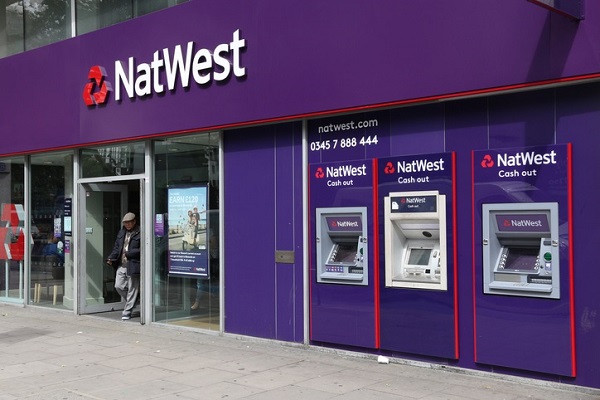Here's how NatWest profits rocketed in Q1
This strong set of results helps justify the bank's recovery from pandemic lows, but what happens next?
29th April 2021 08:26
by Richard Hunter from interactive investor
This strong set of results helps justify the bank's recovery from pandemic lows, but what happens next?

The emerging themes from the banks continue, with NatWest Group (LSE:NWG) the latest to benefit from an impairments release which has turbocharged first-quarter profit.
The pre-tax profit number of £946 million compares with £519 million the previous year, and is significantly higher than the expected £536 million. A net impairment release of £102 million was largely enabled by lower realised defaults, particularly in Commercial banking and is a further indication of cautiously optimistic prospects for the UK economy.
- Lloyds Bank’s results are a recovery play in action
- HSBC turns a corner, but other banks look better
- Q1 dividends and upcoming payouts: will income return to pre-Covid levels?
At the same time, consumer behaviour is playing to form at NatWest as it has elsewhere. Mortgage lending was again strong against a benign environment which includes the stamp duty holiday, increasing availability of mortgages and at lower interest rates. Equally, higher margin lending elsewhere, such as credit cards and overdrafts, is on the wane, as customers and businesses look to shore up their financial positions in light of uncertainties ahead as government assistance schemes are wound down. Customer deposits are therefore still rising, by 5% since the end of the fourth quarter and by 18% year-on-year.
The trading performance is also mixed, with a decrease of 8% in overall income reflecting lower business activity and customer spending, with the cost/income ratio at 67.8% compared to 57.7% last year, but a marked improvement on the previous quarter which exceeded 90%. The Net Interest Margin remains under pressure given the interest rate backdrop, currently squeezed to 1.64% from a previous 1.89%, although the Return on Tangible Equity spiked sharply higher to 7.9%.
In terms of financial health, NatWest is faced with something of an embarrassment of riches. The capital cushion is at an extremely high level of 18.2%, with a Liquidity Coverage Ratio of 158% and a liquidity pool of £263 billion. The repurchase of a slither of the government stake in March was therefore eminently possible, although the reduction of the stake from 62% to 59.8% leaves a long road ahead before NatWest can free itself from government ownership. The government itself currently estimates that the full repurchase will not be completed until 2026.
- Six things you must do before buying any share
- Best selling ISA investments in the 2020-21 tax year
- Check out our award-winning stocks and shares ISA
While there was no specific update on further dividends, these are being accrued and an update is more likely at the interim results at the end of July. A return to previous levels cannot be guaranteed due to government caps, but there is nonetheless plenty of room for manoeuvre from a financial perspective.
From a strategic perspective, the bank has its work cut out with the ongoing shrinking of NatWest Markets and a slow withdrawal from the Ulster Bank business. In the meantime, the bank remains committed to growing its digital offering, which in due course should offer the opportunity for low-cost expansion as the roll-out of digital services is marginal compared to the costs of running a sprawling branch network.
The share price performance has reflected the strength of the recovery trade, as well as incorporating NatWest’s own efforts, and has spiked by 77% over the last year, as compared to a rise of 14% for the wider FTSE 100 index. The shares remain down by 15% over the last two years, however, indicating that the recovery is certainly not complete. The challenges ahead and the price performance of late leaves the shares up with events for the moment, with the market consensus currently coming in at a 'strong hold'.
These articles are provided for information purposes only. Occasionally, an opinion about whether to buy or sell a specific investment may be provided by third parties. The content is not intended to be a personal recommendation to buy or sell any financial instrument or product, or to adopt any investment strategy as it is not provided based on an assessment of your investing knowledge and experience, your financial situation or your investment objectives. The value of your investments, and the income derived from them, may go down as well as up. You may not get back all the money that you invest. The investments referred to in this article may not be suitable for all investors, and if in doubt, an investor should seek advice from a qualified investment adviser.
Full performance can be found on the company or index summary page on the interactive investor website. Simply click on the company's or index name highlighted in the article.